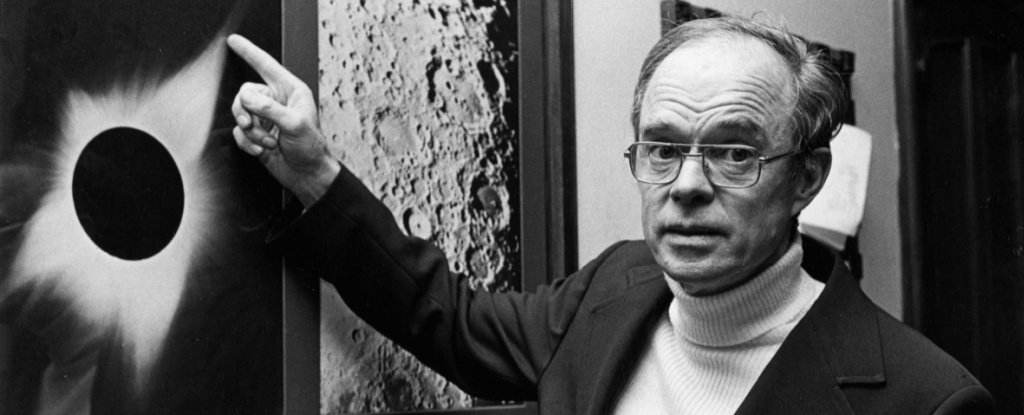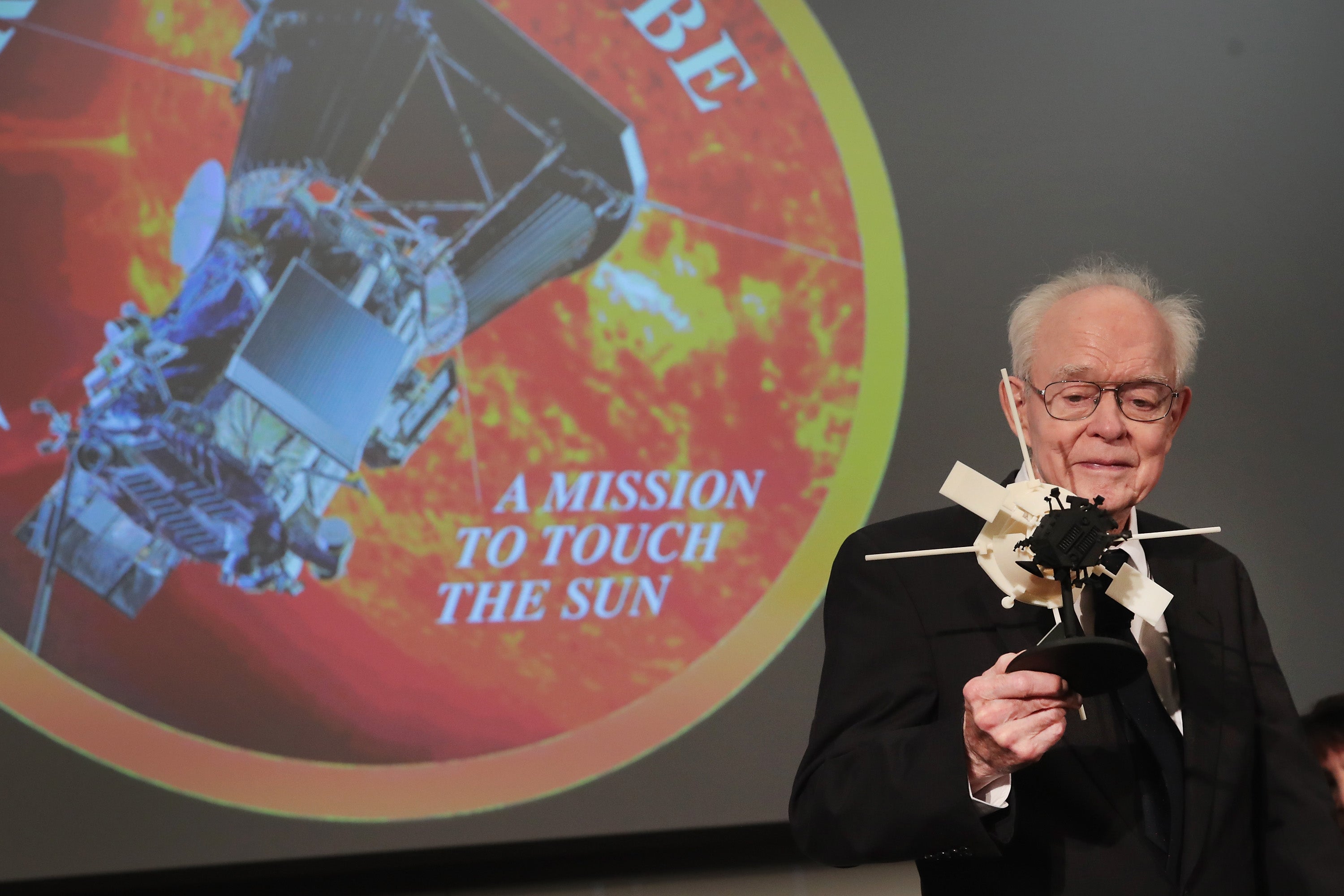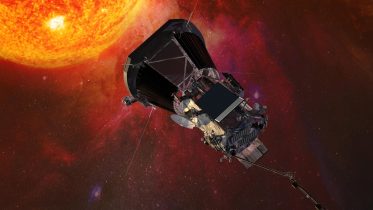
Eugene Parker
Eugene Newman Parker is an American solar astrophysicist who—in the mid-1950s—developed the theory of the supersonic solar wind and predicted the Parker spiral shape of the solar magnetic field in the outer Solar System. In 1987, Parker proposed that the solar corona might be heated by myriad tiny "nanoflares", miniature brightenings resembling solar flares that would occur all over the surface of the Sun. Parker spent four years at the University of Utah and has been at the University of Chicago since 1955, where he has held positions in the physics department, the astronomy and astrophysics department, and the Enrico Fermi Institute. Parker was elected to the National Academy of Sciences in 1967. In 2017, NASA renamed its Solar Probe Plus to Parker Solar Probe in his honor, marking the first time NASA had named a spacecraft after a living person. In 2018, the American Physical Society awarded him the Medal for Exceptional Achievement in Research.






